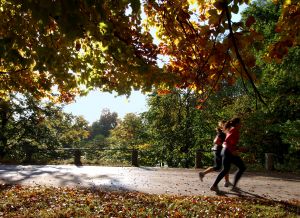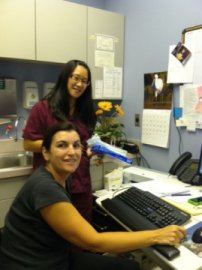This week, Dr. James Craigie of The Center for Natural Breast Reconstruction answers your questions.
Q: I am a stage IV breast cancer patient looking for autologous fat transfer to fill in my left breast after a lumpectomy in 2008. Can you please let me know how to proceed regarding consultation and such?
A: I would be glad to have our PA call you for more information or phone consultation. I would also be glad to see you in person if you want to come for an office visit to Charleston. I frequently see patients with similar requests. In my opinion, fat injections to repair lumpectomy and radiation deformities is usually not the most effective approach. There are also concerns by experts in this specialty regarding fat injections of the breast after that breast has already developed breast cancer once.
As long as the breast tissue remains then there is a risk–although very small–for the cancer to recur. That is why you still need to monitor that breast for any suspicious changes. The fat injections could make monitoring the breast more difficult and most importantly there could possibly be (not proven definitely yet ) an increase in the risk for recurrence after fat grafting. No one knows this for sure yet, but we are always careful regarding this type of safety issue. I could be more specific and talk to you about alternatives if I had more information and especially if I saw you in person. I hope this helps! Please let us know.
—
Q: I have BRCA mutation. I am 25 years old. I want to have mastectomies with reconstruction but don’t really know which would be the right way to go.
A: I am sorry you are facing such a difficult decision. Fortunately, breast reconstruction after preventive mastectomies allows for more planning before surgery and usually sets the stage for the best possible breast reconstruction result. There are several reasons for this.
One reason is more of your natural tissue can be saved. It is usually possible to keep your natural nipple and all of the normal breast skin. Other problems related to possible treatments like chemo and radiation are eliminated because the mastectomies are done to remove breast tissue and prevent breast cancer.
The techniques for breast reconstruction are generally the same following preventive mastectomy and mastectomy for cancer. Implants are used most frequently because of availability and more rapid recovery from the initial surgery. The end results with implants tend to be less natural than with your own tissue and after the process is complete there is a tendency for the results to deteriorate with implants because they are not living tissue. Your body may reject the implants or they may leak or deflate. The results with using your own tissue are generally more natural and more permanent. We specialize in breast reconstruction using your own tissue but without sacrificing your body’s important muscles. To be more specific about recommendations for you I would need more information. I will be glad to have our office contact you for this information, just let me know.
James Craigie, MD
Center for Natural Breast Reconstruction
Have a question about breast reconstruction you’d like answered from our surgical team? Just ask us!




















